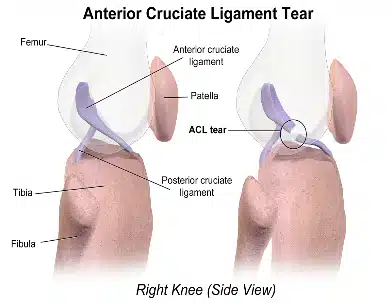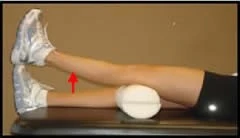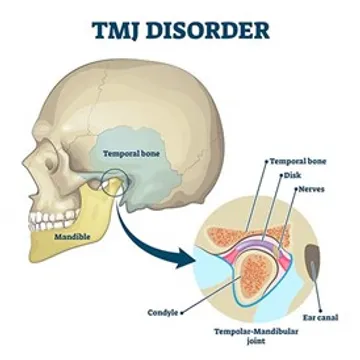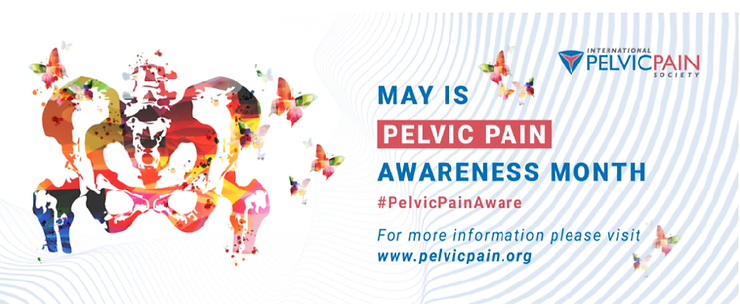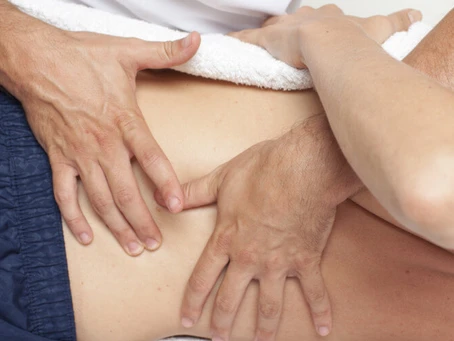Many of you may have gone to physiotherapists who do somethings called “ultrasound” on you. You know, the thing where they slap a bunch of goop onto your injured area and rub a wand on it and say it’s going to help you. I’m sure in these moments you think to yourself: “Well I guess I’ve got to trust them, they must know what they’re doing!” Well instead, allow me to help you to understand what we are doing, why we are doing it, and answer the questions “is this going to help me?”

First off it would be best to explain what ultrasound therapy is. Ultrasound can be broken into two types, diagnostic/medical or therapeutic ultrasound. Anyone who has had children know they use ultrasounds to take a look at your growing baby as it develops. This is called diagnostic, or medical, ultrasound. It uses lower intensity, but high frequency sound waves that are sent into tissue, bounce off, then are picked up by a sensor and converted into an image. Kind of like echolocation used by bats, dolphins, or other animals.
This differs from therapeutic ultrasound, which is done at much higher intensities than diagnostic ultrasound. There is no image created, but instead the higher intensity sound waves have a physical effect on the tissue it is being used on. This is through processes called cavitation and acoustic streaming. Basically, the sound waves create microscopic gas bubbles in the tissue (cavitation), and then small amounts of fluid move around these small gas bubbles as the compress and expand from the sound waves (acoustic streaming). These two things then create an effect on the tissue it is being used on. The entire process takes about 5-10 minutes to apply depending on the size of the site of injury.

So what are these effects? Well first off, the sound waves themselves impart energy into the tissue it is being used on. This energy actually helps to heat the tissue up somewhat. Like putting a heat pack on, but getting into tissues deeper than the surface. This can help improve tissue flexibility, decrease pain, and reduce muscle spasm. Then, through the cavitation and acoustic streaming, it helps the tissue to heal. It can actually increase blood flow to the injured tissue, stimulate something called macrophages (which are cells in our body that help with the inflammation) to enter the injured tissue (through something called increased cell permeability), and help synthesize more proteins in the injured tissue. These things all help to improve a cells capacity to heal. What it typically does is make the healing process faster than it would without the ultrasound therapy.
So will ultrasound help you? Well let’s start by saying there are situations where ultrasound shouldn’t be used. These include over an active area of infection, over malignancies or tumors, over certain types of joint replacement (not all however, be sure to ask your physiotherapist), over the eyes or reproductive organs, over an exposed spinal cord after certain surgeries (but around the spine is O.K.), or over the abdomen of pregnant women. So if these don’t apply to you, ultrasound can be beneficial. IF you get an ultrasound, be sure to ask your physiotherapist why they are doing it, and what benefit there is for you.
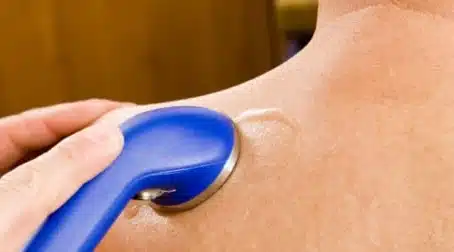
If you have any other questions, or think that ultrasound therapy may be beneficial for you, please do not hesitate to call us at 905-240-9355!

